Hibiscus sabdariffa L.
| Etymology | Genus | From Greek hibiskos, the ancient name used by Dioscorides for mallow plants |
|---|---|---|
| Species | From the West Indian common name for Hibiscus sabdariffa | |
| Family | Malvaceae | |
| Synonyms | Sabdariffa rubra Kostel. | |
| Common Names | Roselle | |
| Status | Exotic: Cultivated Only | |
| Form | Shrub | |
| Native Distribution | West Tropical Africa to Sudan | |
Diagnostics:
Hibiscus sabdariffa is a small erect shrub only grown in cultivation. The stem and petiole are sometimes reddish. The leaves are serrated and variable, sometimes developing lobes. What is the most distinct and valued are their red fleshy calyces of which they are mainly grown for.
Interesting Facts:
The fleshy calyces of roselle are widely used as food, beverages, and natural dyes (Mariod et al., 2021). Their deep crimson color is due to the presence of anthocyanin pigments. When brewed into tea, the calyces produce a tart, tangy flavor often compared to that of cranberries.
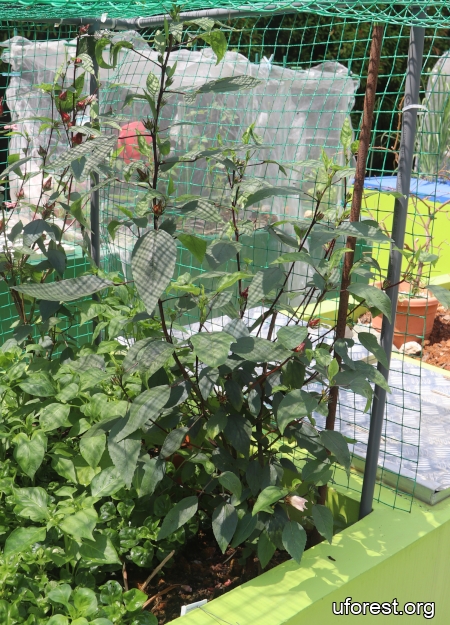
Roselle form in a garden.
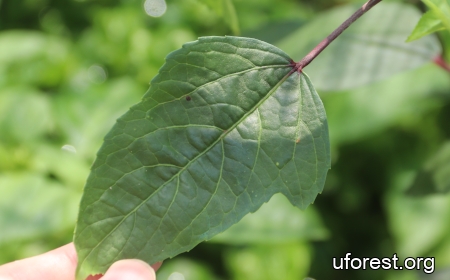
Leaf with a single lobe.
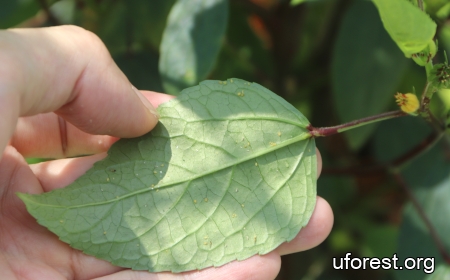
Leaf underside
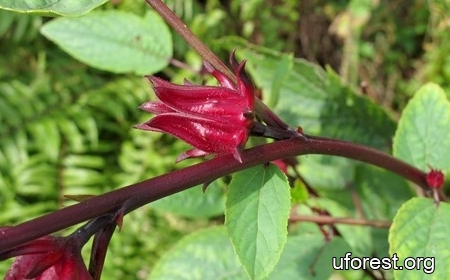
Red fleshy calyx.
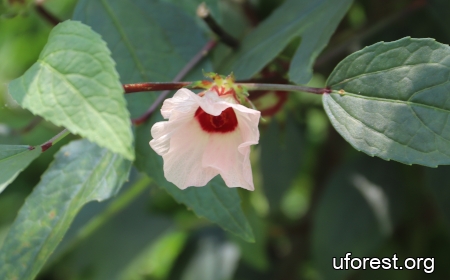
Flower.
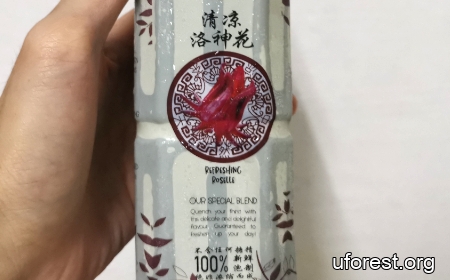
Roselle drink.
References
Mariod, A. A., Tahir, H. E., & Mahunu, G. K. (2021). Composition of Hibiscus sabdariffa calyx, pigments, vitamins. In Roselle (Hibiscus sabdariffa): Chemistry, production, products, and utilization (pp. 69–75). Academic Press.
Author: Siyang
Posted: 2025-09-30